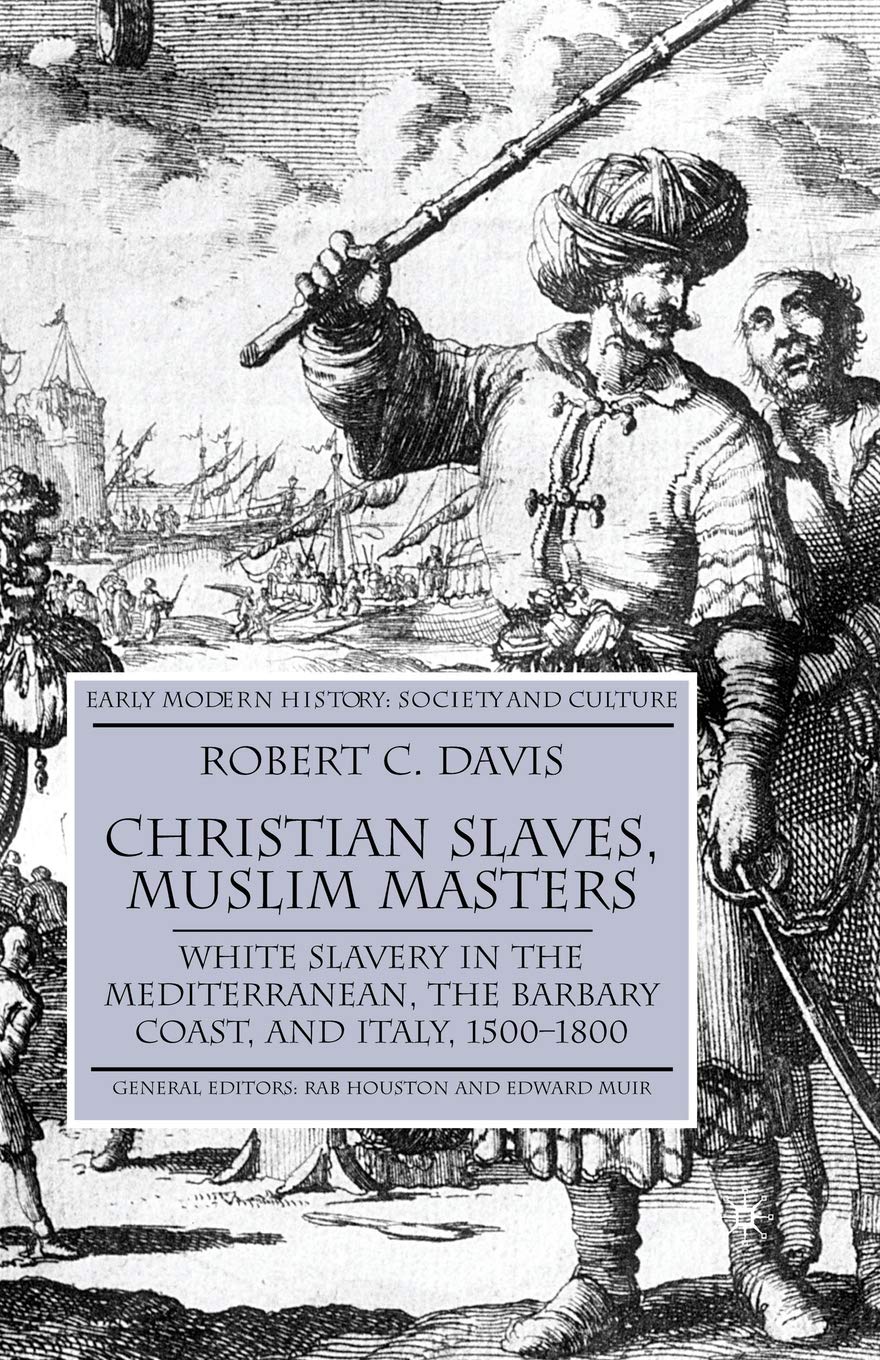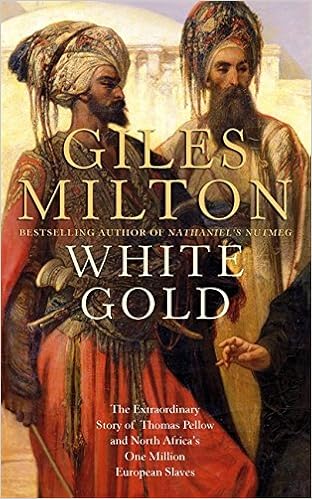Contemporary European History, 2018
Niccolò Pianciola
My two cents on Anne Applebaum's "Red Famine" (New York: Penguin Random House, 2017), published in Contemporary European History 27/3 (2018): 440-44. https://www.cambridge.org/core/journals/contemporary-european-history/article/ukraine-and-kazakhstan-comparing-the-famines/D1D006A6A53BFD27F68E43CB8D91C6AA
Doi: https://doi.org/10.1017/S0960777318000309
Issue: 3
Volume: 27
Page Numbers: 440-44
Publication Date: 2018
Publication Name: Contemporary European History
Ukraine and Kazakhstan: Comparing the Famines
441
(
1948
) is instead not applicable. This seems a non sequitur. Once one claims thatthere was an intent to destroy, even in part, an ethnic/national group, as Applebaumdoes, the UN definition becomes immediately pertinent. As a matter of fact, AndreaGraziosi, Norman Naimark, Nicolas Werth and others, apply the UN definitionto the famine precisely because it is more inclusive than the definition more oftenused in historical studies, which implies a planned total physical extermination of thetargeted group.For Applebaum – as for most, if not all, of the above-mentioned authors – the useof the concept of genocide in relation to Soviet Ukraine rests on an interpretativebreakthrough developed by Terry Martin in his
2001
book
The Affirmative ActionEmpire
. No serious scholar still claims that Moscow purposefully organised the famineto exterminate the Ukrainians, or any other group. The argument for genocide nowrelies on showing that the Kremlin, after the famine broke out, used it as a weaponto smash what was perceived as a ‘national’ resistance to Soviet policies – therebytargeting Ukrainian peasants because they were Ukrainians, not just recalcitrant grainproducers. This argument goes way beyond Martin’s position, but it is based on hisreasoning. Martin showed that by the summer of
1932
Stalin interpreted peasantresistance to collectivisation and requisitions in Ukraine as a nationalist challenge tothe Soviet state. Given Ukraine’s critical geopolitical position, this had the potential,if combined with external aggression, of putting Moscow’s grip on the region in jeopardy, and of endangering the overall success of collectivisation. Peasant uprisingsand foot-dragging, combined with the irresoluteness of Ukrainian party cadres whowere seeing the catastrophic consequences of Stalin’s policies, led the dictator to taketwo parallel decisions during November and December
1932
. First, he hardenedgrain requisition measures during the worst harvest since the end of the neweconomic policy (NEP), thereby multiplying the number of victims of the alreadyongoing famine. Second, policies of Ukrainisation (both in the cultural sphere andin the promotion of cadres) were abruptly interrupted. Ukrainisation had been toosuccessful in the eyes of Stalin, as he felt it risked the creation of a national communistadministration not entirely subjugated to the Kremlin. However, Ukrainisation wasresumed once the crisis had subsided, albeit to a lesser degree and with much reducedpropaganda. Martin concluded that ‘the famine was not an intentional act of genocidespecifically targeting the Ukrainian nation. It is equally false, however, to assert thatnationality played no role whatsoever in the famine’ (
305
). This seems to me still themost balanced conclusion.Historiography based on national paradigms, focusing on one single reifiedethnic group, tends to entail a diachronic tunnel vision. ‘National history’ andcurrent political predicaments are the narrative contexts framing the understandingof the event studied. This approach does not encourage comparisons and broader contextualisation.Thus,inabookaimingtohighlightthesingularityoftheUkrainiancase within the wider Soviet famine, the comparison with other regions in the SovietUnion is at best cursory. Kazakhstan is probably the most important case in point,since it was the area in the Soviet Union that suffered most from the famine relative topopulation.Between
1930
and
1933
onethirdoftheKazakhsdied,whiletherepublic’s
use, available athttps://www.cambridge.org/core/terms.https://doi.org/10.1017/S0960777318000309Downloaded fromhttps://www.cambridge.org/core. Fong Sum Wood Library-Lingnan University, on 10 Oct 2018 at 05:29:06, subject to the Cambridge Core terms of
442
Contemporary European History
population was effectively halved due to mass death and migration. The usual factor superficially invoked to explain this tragedy is a supposed violent sedentarisation of the pastoral population (about three-quarters of the Kazakhs). As a matter of fact,the famine made the Kazakhs totally dependent on the state and caused (partial)sedentarisation, not the other way around. Initially, the food crisis in Kazakhstanwas provoked primarily by grain requisitions and by the disruptions provoked bycollectivisation. Then, a specific decision taken by the dictator and his collaboratorsdramatically increased the magnitude of the famine much earlier than in Ukraine.This decision, taken in July
1930
, was linked to the collapse in the numbers of livestock brought about by collectivisation everywhere in the Soviet Union (peasantsoften chose to slaughter their animals rather than turn them over to the collectivefarms). At this moment animal power was still the backbone of Soviet agriculture.In the Soviet capitals meat was disappearing from distribution while the urbanpopulationwasincreasingspectacularly.Livestockmassdeathwasalreadyaneconomicproblem and could become a political one if the state failed to feed workers andsoldiers. A couple of days after the sixteenth Party Congress and before leavingMoscow for their holidays, the Politburo members decreed extraordinary meat andlivestock requisitions from the North Caucasus and, especially, from the largestpastoral population in the Soviet Union, the Kazakhs. The procurement plan for the
1930
–
1
economic year amounted to up to one-third of Kazakh livestock, to betaken from a population mostly dependent on it for subsistence. Kazakhstan meatduring the famine largely ended up in Moscow, Leningrad and Russian industrialcentres, while livestock was distributed among collective farms outside Kazakhstan.Procurements only stopped two years later, when there was almost no livestock leftin the republic (
10
to
15
per cent of the pre-collectivisation level).The flow of information from Kazakhstan to Moscow about the famine and themass flight of the Kazakhs from their republic, consistent from at least
1931
, didnot lead to policy revision. The Kazakhs were consciously sacrificed in order toprop up the faltering collectivised agriculture system and to feed workers and Soviet‘elite cities’. Kazakh resistance to collectivisation and procurements was violent andwidespread, but the Kremlin saw it as politically unthreatening. In September
1933
Stalin noted that what he called ‘Kazakh nationalism’ was much weaker and lessdangerous for the Soviet state than the Ukrainian equivalent. Ukraine’s geopoliticalpositionclosertohostilepowersworriedMoscowmuchmorethanKazakhstan’smoreprotected location. However, Kazakh society was subjected to policies not dissimilar from the ones implemented in Ukraine. Deportations of the Kazakh pastoral elitestarted in
1928
, at the same time as a wave of arrests of the former members of the Kazakh Alash movement, while religious practices and figures of authority wererepressed.If one includes the decision to carry on with procurement policies that wereclearly leading to mass death, Lemkian definitions of genocide could be invoked.However, the inclusive legal definition of genocide that prevails in international lawshould probably be left to legal scholars – or politicians. For historians, lumpingcases as different as the Shoah and the Ukrainian and Kazakh famines in the same
use, available athttps://www.cambridge.org/core/terms.https://doi.org/10.1017/S0960777318000309Downloaded fromhttps://www.cambridge.org/core. Fong Sum Wood Library-Lingnan University, on 10 Oct 2018 at 05:29:06, subject to the Cambridge Core terms of
Ukraine and Kazakhstan: Comparing the Famines
443
categorydoesnotseemusefulforunderstandingeitherthemorthepeculiaritiesoftheperpetrating regimes. Driven by communist ideology and a readiness to kill millions,Stalin built a system of domination that was much more exploitative, oppressive andmurderous than other regimes that instead unquestionably targeted ethnic groupsfor extermination (think no further than Wilhelmine Germany and the Herero). Inother words, we do not need the label ‘genocide’ for maximum political and moraldenunciation.A final point about the sources. Applebaum does a wonderful job of using thethousands of pages of published primary sources from Russian and Ukrainian archivesand the transcripts of oral history projects. The result is a chilling collection of personal and family tragedies. She achieves what many studies on the Soviet faminesdo not: giving a face and a human dimension to both the victims and the low-levelperpetrators. Applebaum describes the extremely limited room for manoeuvre thatrural administrators had. Some of them tried to save abandoned or orphaned children,for instance. However, their lives were at the mercy of Stalin’s envoys during the crisisof late
1932
. In Ukraine and Kuban thousands of lower ranking rural administratorslagging behind in the grain procurement campaign were arrested; hundreds wereexecuted. No matter how tempting it has been for historians to look for politicalagency at the lower levels of the party state during the famine, the archival recordshows that the dictator took all the most consequential decisions. In my own earlier works on the famine in Kazakhstan, I suggested that the district level administratorsmight have played a role in allocating the damage brought by grain and livestockrequisitions during collectivisation, by favouring Russians over Kazakhs. To thisday, this remains just a hypothesis. On the contrary, the more sources I read inarchives in Kazakhstan and Russia, the more a strong central agency in the massdeath of Kazakhs becomes apparent. The Politburo decision on meat and livestockprocurements for
19301
was the crucial watershed that explains the magnitude of the famine in Kazakhstan. A less devastating famine was probably likely to happenanyway, as previous procurements and collectivisation had already caused localisedfood crises in the region. When these documents are combined with statistical dataabout the eventual destination of the animals and their meat, the overall rationale of Stalin’s policies in Kazakhstan from
1930
to
1932
emerges



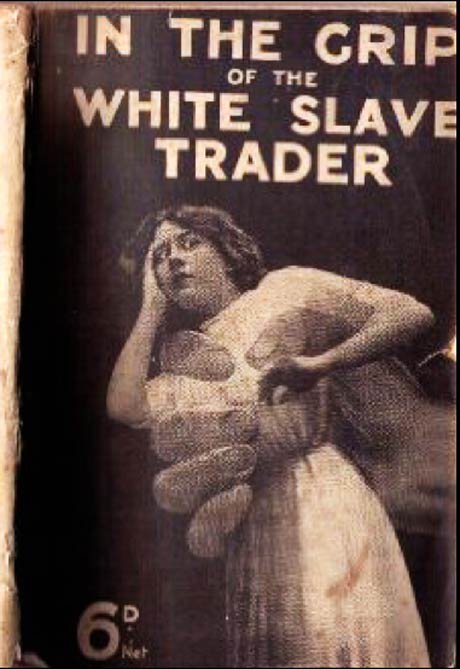


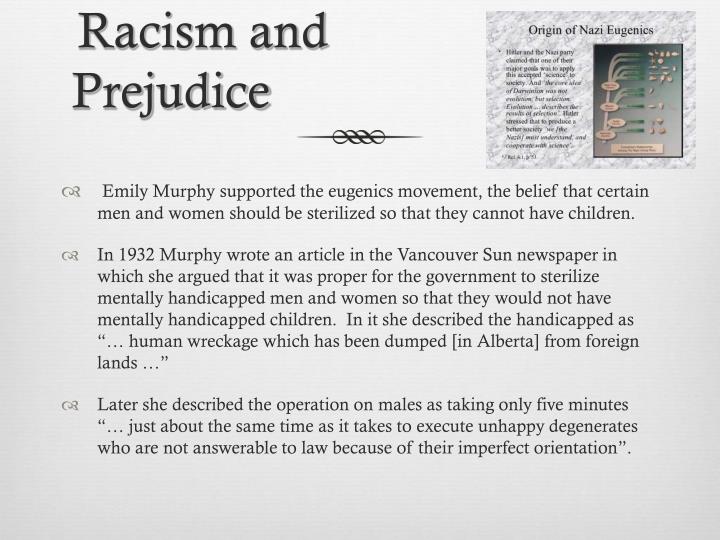

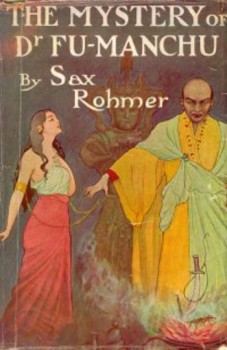

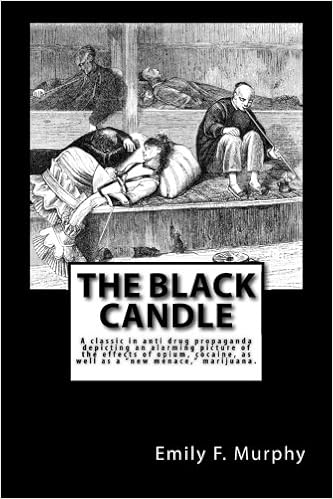
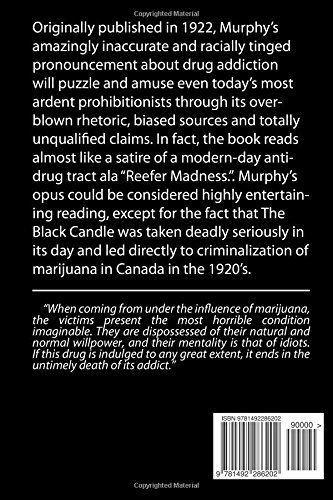
/arc-anglerfish-tgam-prod-tgam.s3.amazonaws.com/public/JUDMD6FVWZEP5N3B3OXPT46VII.jpg)





